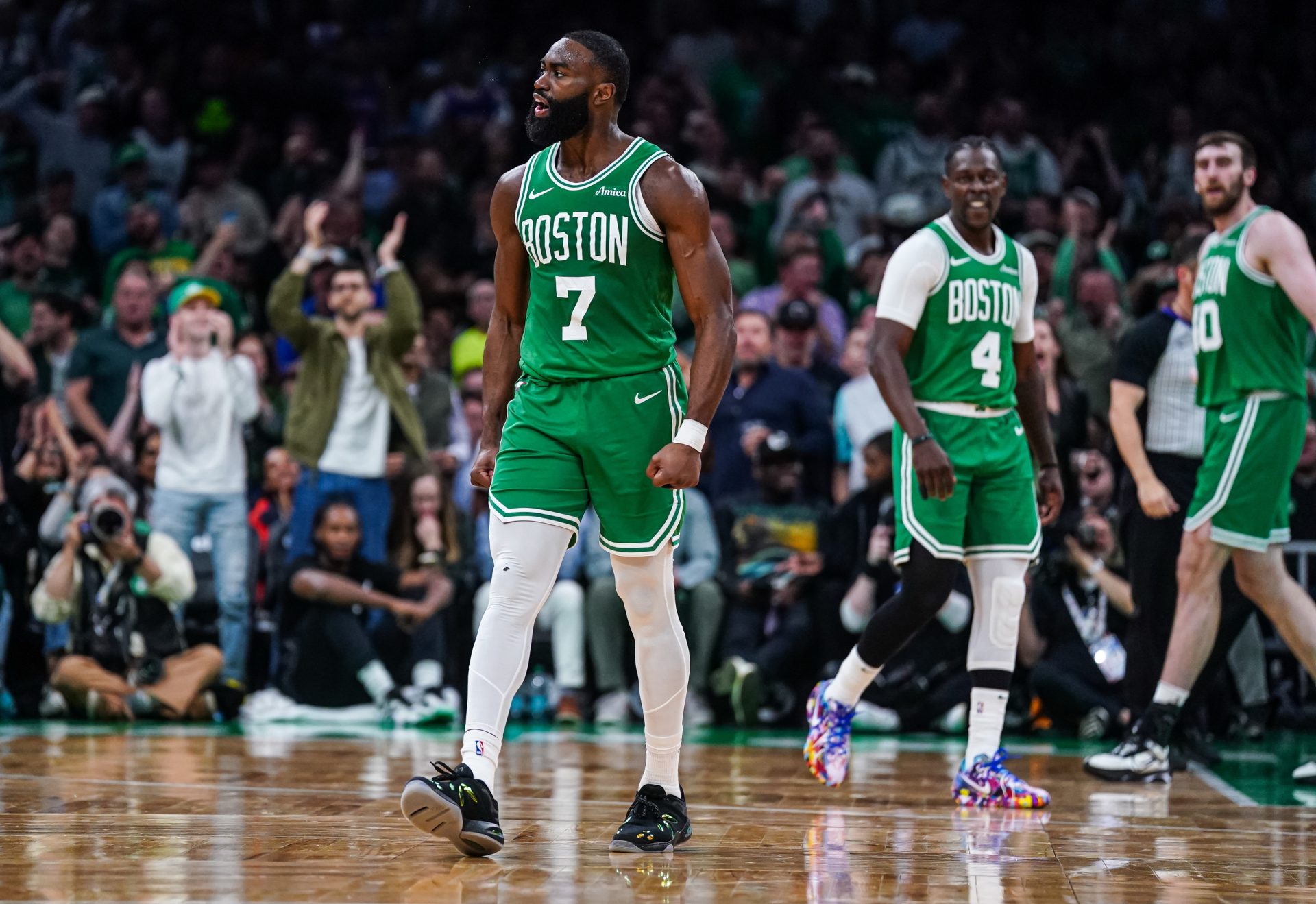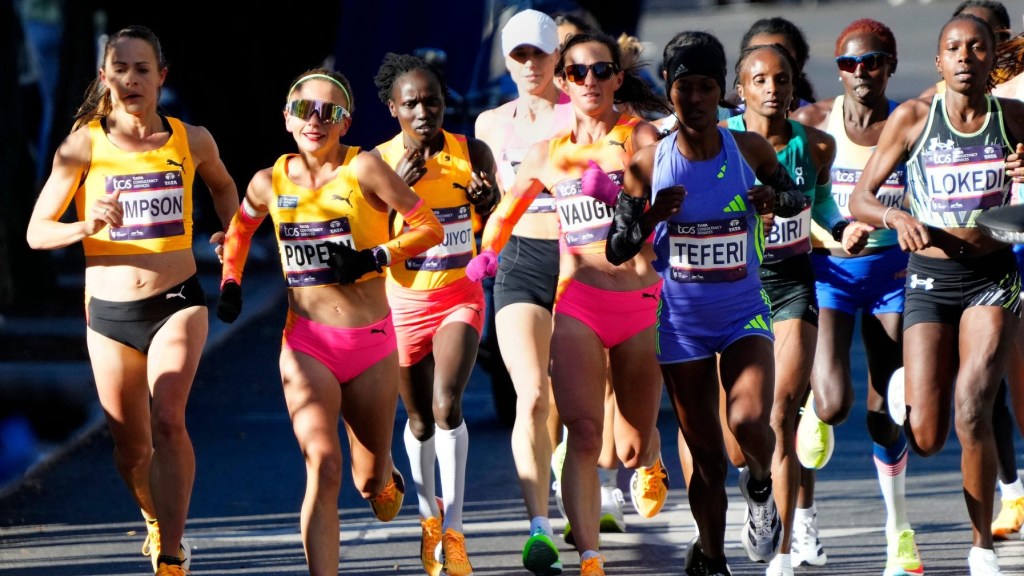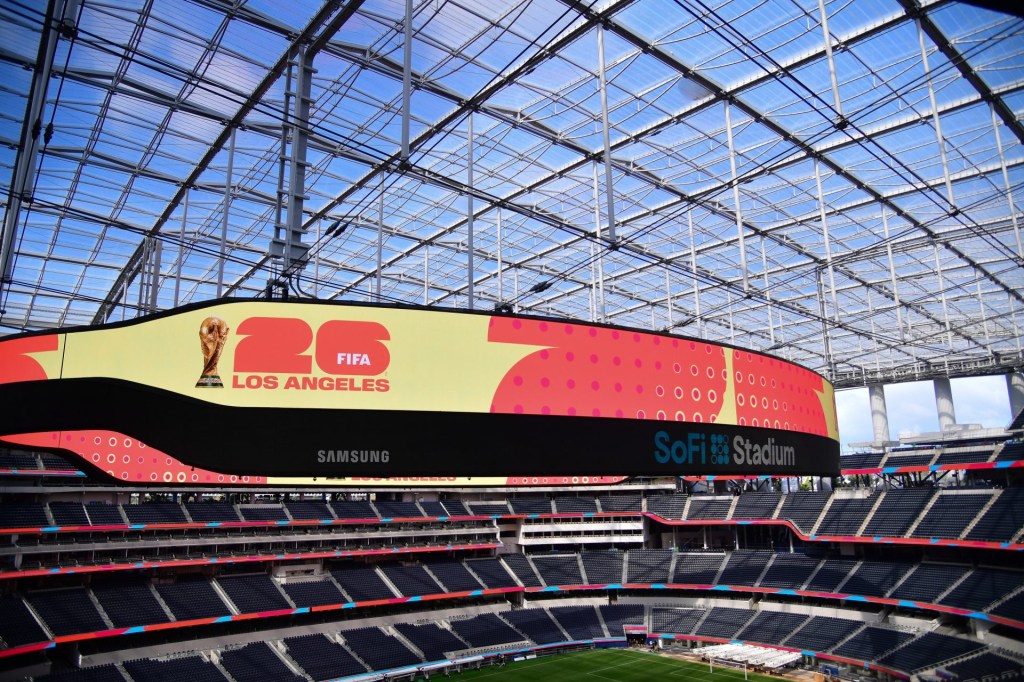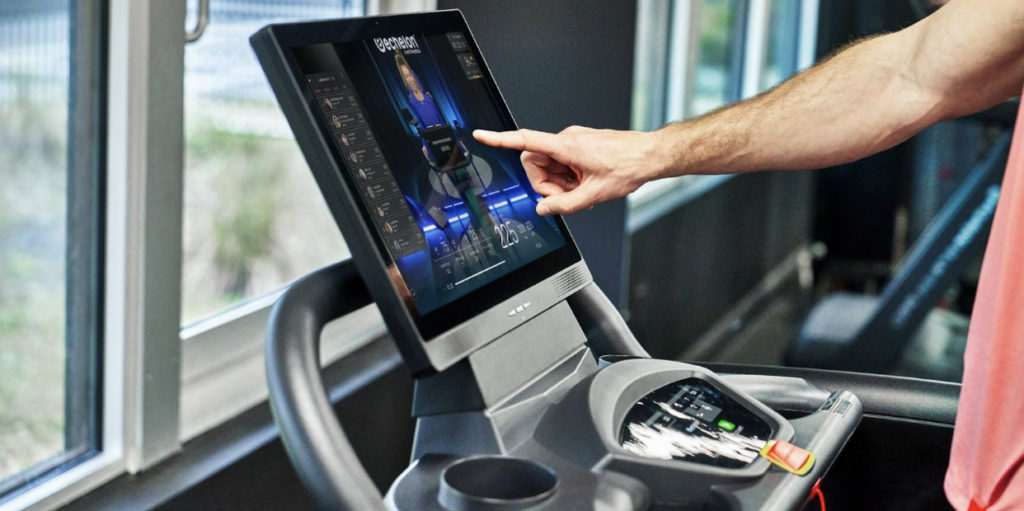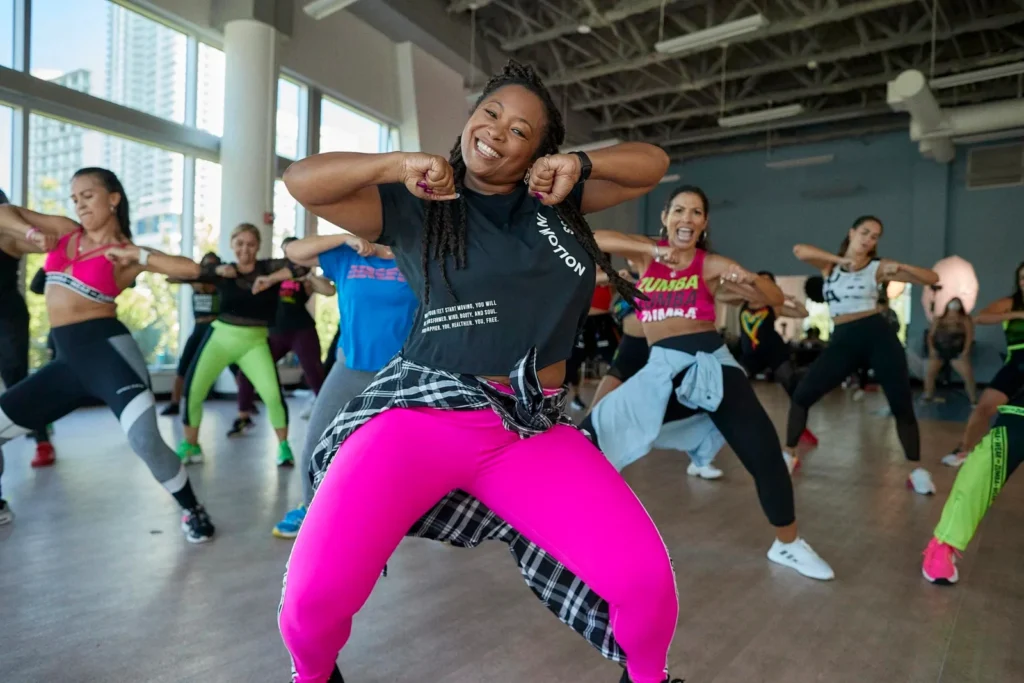
The evolution of gaming has led to a profound shift, morphing into a global gaming phenomenon that defies geographical constraints.
Advancements in technology have enabled gamers worldwide to connect and engage in cooperative play, fostering a vibrant online gaming community.
The integration of a VPN further enhances this experience, offering a secure and reliable connection. This allows players to access their preferred games without the hindrance of geographical barriers.
Consequently, the global gaming arena has expanded, embracing a more inclusive and diverse community. Players from the United States and other regions unite, sharing their enthusiasm for gaming.
The Evolution of Gaming Communities
The transformation of gaming communities is a narrative deeply intertwined with technological progress and the quest for social connection. What was once a solitary pursuit has evolved into a global phenomenon, bridging players across continents.
From Local Arcades to Global Networks
The journey of gaming communities from the confines of local arcades to the expansive networks of online gaming is nothing short of remarkable. This evolution has empowered players to forge connections with individuals from every corner of the globe.
The Transition to Online Multiplayer
The shift towards online multiplayer has been a game-changer, enabling gamers to engage in both competitive and cooperative play on a global scale. This transition has expanded gaming possibilities and has cultivated a sense of community among players.
The Birth of International Gaming Clans
The advent of international gaming clans has brought together players from various backgrounds, creating a unique aspect of cross-border gaming. These clans serve as a testament to the power of unity in the digital realm.
The Social Impact of Cross-Border Gaming
Cross-border gaming has profoundly impacted society, facilitating the formation of friendships that transcend continents and cultures. It has enabled the exchange of cultural values through virtual interactions.
Building Friendships Across Continents
Gamers now have the opportunity to forge lasting bonds with individuals from around the world, overcoming geographical barriers.
Cultural Exchange Through Virtual Worlds
Virtual worlds have become conduits for cultural exchange, enhancing the gaming experience and fostering mutual understanding among players from diverse backgrounds.
Breaking Down Geographic Barriers in Gaming
The gaming industry’s expansion underscores the critical need to dismantle geographic barriers. This endeavor addresses several pivotal challenges hindering the global gaming fraternity’s unity.
Regional Restrictions and Their Impact
Regional restrictions profoundly affect the gaming experience, curtailing access to specific games and content based on geographical location.
Region-Locked Games and Content
Region-locked games and content impede players from accessing certain titles or in-game items, often due to copyright or licensing agreements. This scenario is disheartening for gamers who yearn to play with friends or access content unavailable in their region.
Price Disparities Across Markets
Price disparities across markets significantly influence gamers, as the cost of games and in-game items varies greatly by region. This disparity results in unequal access to gaming content, with some players incurring higher costs for the same experience.
Language and Cultural Exchanges in Gaming
Language and cultural exchanges are crucial in enriching the gaming experience, enabling players from diverse regions to interact and enjoy games collectively.
Translation Features and Localization
Translation features and localization efforts bridge the language divide, facilitating players’ understanding and engagement with games. This encompasses subtitles, dubbing, and localized game interfaces.
Global Gaming Events and Conventions
Global gaming events and conventions unite gamers, developers, and industry professionals, fostering a sense of community and promoting cross-cultural exchange. These gatherings help to unify the global gaming community, offering a shared experience that transcends regional boundaries.
Technical Challenges of International Gaming
The advent of international gaming has introduced a plethora of technical hurdles for players to overcome. As gamers from diverse global locales engage and compete, issues such as latency, ping, and server location have emerged as critical concerns.
Latency and Ping Issues Across Borders
Latency and ping issues represent a paramount technical challenge in international gaming. Players situated far from game servers frequently encounter delays between their actions and the game’s response.
How Distance Affects Gaming Performance
Distance is a critical factor in determining gaming performance. The farther a player is from the server, the higher the latency and the poorer the gaming experience. This is due to data packets having to traverse longer distances, leading to delays.
Solutions for Reducing Lag
To mitigate lag, gamers employ several strategies. These include selecting servers geographically closer, utilizing optimized network protocols, and ensuring a stable and fast internet connection.
Server Location Restrictions
Server location restrictions pose another significant technical challenge. Many game publishers impose restrictions on server access based on a player’s geographical location.
Why Publishers Limit Server Access
Publishers often restrict server access to manage server load and ensure a better gaming experience for players in specific regions. This can also be due to legal and regulatory requirements.
The Impact on Competitive Play
Server restrictions can significantly impact competitive play. Players restricted from accessing certain servers may find themselves at a disadvantage compared to those with access to those servers.
How VPNs Are Transforming Global Gaming
VPNs are revolutionizing the gaming landscape, offering secure, fast, and unrestricted access to global gaming communities. This transformation is crucial as the global gaming market continues to expand, uniting players across different regions.
Understanding VPN Technology for Gamers
For gamers, understanding VPN technology is key to enhancing their gaming experience. A VPN, or Virtual Private Network, creates a secure and encrypted connection between a user’s device and a VPN server.
How VPNs Create Secure Gaming Connections
By encrypting internet traffic, Planet VPN protects gamers from data breaches and cyber threats. This is crucial for gamers who access public Wi-Fi networks, which are often vulnerable to hacking.
Selecting the Right VPN for Gaming Needs
When selecting a VPN for gaming, it’s essential to consider factors such as server location, speed, and security protocols. A gaming VPN should offer fast and stable connections to minimize latency.
Benefits of Using VPNs for Cross-Border Gaming
The benefits of using VPNs for cross-border gaming are numerous. Not only do VPNs provide secure gaming connections, but they also enable gamers to access region-restricted games and servers.
Accessing Region-Restricted Games and Servers
By connecting to a VPN server located in a different region, gamers can access games and content that are not available in their local market. This opens up new gaming opportunities and enhances the overall gaming experience.
Protecting Against DDoS Attacks While Gaming
VPNs also play a crucial role in protecting gamers against DDoS (Distributed Denial of Service) attacks. By masking a gamer’s IP address, VPNs make it difficult for attackers to target them.
Popular Games Uniting International Players
The advent of global gaming has catalyzed the rise of popular titles, uniting players across geographical divides. This phenomenon has birthed a dynamic global gaming community. Here, players from varied backgrounds converge, sharing experiences and engaging in competitive endeavors.
Multiplayer Titles with Strong Global Communities
At the vanguard of this global gaming evolution are multiplayer games. Titles such as Fortnite and League of Legends have fostered expansive international communities. These communities are characterized by collaborative and competitive interactions among players.
MMORPGs as Virtual Melting Pots
Massively Multiplayer Online Role-Playing Games (MMORPGs) like World of Warcraft and Final Fantasy XIV function as virtual melting pots. Within these environments, players from disparate cultures engage in interactive and collaborative activities.
Battle Royale Games and International Competition
Battle royale games, such as PUBG and Apex Legends, have garnered significant popularity. They have catalyzed international competition and fostered teamwork among players.
Esports as a Global Unifying Force
Esports has emerged as a pivotal unifying force within the global gaming community. International tournaments and competitions have united players and teams from across the globe.
International Tournaments and Their Impact
Events like The International for Dota 2 and the League of Legends World Championship have attained iconic status. These tournaments draw immense global audiences, underscoring their significant impact.
Cross-Cultural Team Dynamics in Professional Gaming
Professional gaming teams now frequently comprise players from diverse cultural backgrounds. This diversity promotes cross-cultural understanding and cooperation, enriching the gaming experience.
Security Concerns in Cross-Border Gaming
The advent of global gaming has brought players from diverse backgrounds together, yet it has also heightened security concerns. The very nature of cross-border gaming, with its interconnectedness, exposes participants to a myriad of risks. These include cyberattacks and data breaches, which pose significant threats to the integrity of gaming experiences.
DDoS Attacks and Other Gaming Vulnerabilities
Gamers frequently face the menace of DDoS attacks, which can severely disrupt their gaming sessions. These attacks overwhelm a player’s internet connection with excessive traffic, effectively rendering them unable to engage in their gaming activities.
Why Gamers Are Targeted
Gamers are often the subject of targeted attacks due to several factors. Their high-bandwidth connections, coupled with the competitive and sometimes hostile environment of gaming, create a fertile ground for harassment and rivalry.
Prevention Strategies for International Players
To counter DDoS attacks, international gamers can employ anti-DDoS services and ensure the security of their networks and hardware. Using a reputable VPN can also serve as a protective measure against various risks.
Protecting Your Gaming Identity Internationally
In the realm of global gaming, safeguarding one’s gaming identity is paramount. This entails not only fortifying account security but also exercising caution when sharing personal information online.
Account Security Best Practices
Adopting strong, unique passwords and enabling two-factor authentication are key steps in enhancing account security. Regularly updating passwords and vigilance against phishing attempts are equally important.
Safe Communication in Global Gaming Communities
Within global gaming communities, it is imperative to exercise caution when sharing personal details. Opting for secure communication channels and staying informed about potential scams can effectively safeguard one’s identity.
The Future of Borderless Gaming
The trajectory of gaming is set to transcend geographical boundaries, with emerging technologies at the helm of this transformation. As the industry progresses, several pivotal trends are redefining the realm of borderless gaming.
Emerging Technologies Facilitating Global Play
At the vanguard of the borderless gaming movement are technological innovations. Two pivotal developments are reshaping the dynamics of global gaming interactions.
Cloud Gaming’s Impact on International Access
Cloud gaming is transforming the industry by enabling access to high-quality games across various devices, obviating the need for costly hardware. This innovation is dismantling barriers, facilitating seamless play among gamers globally.
5G and Its Potential for Global Gaming
The advent of 5G networks heralds a new era for global gaming. With its promise of enhanced data transfer rates and diminished latency, 5G will usher in a new era of responsive and fluid gameplay across international borders.
Industry Trends Toward Global Integration
The gaming industry is gravitating toward a more integrated global framework, propelled by several significant trends. Publishers are now embracing worldwide releases, and the proliferation of international gaming marketplaces is gaining momentum.
Publishers Embracing Worldwide Releases
Gaming publishers are increasingly adopting a global release strategy, making their titles available to players worldwide simultaneously. This strategy is instrumental in cultivating a unified global gaming community.
The Growth of International Gaming Marketplaces
The ascendance of global gaming marketplaces is broadening gamers’ access to a diverse array of titles from across the globe. These platforms are not only expanding the repertoire of available games but also fostering cross-cultural exchanges.
As these trends persist, the future of borderless gaming appears promising. The convergence of technology and industry practices is poised to forge a more inclusive and interconnected global gaming community.
Conclusion
The advent of global gaming has revolutionized player interactions, competitions, and collaborations across international boundaries. This transformation is underscored by the evolution of gaming communities, the technical hurdles they face, and the pivotal role of VPNs in overcoming these challenges.
VPN technology has emerged as a critical facilitator, empowering gamers to transcend geographical limitations, minimize latency, and safeguard their digital identities. By concealing IP addresses and encrypting data, VPNs establish a secure, stable framework for global gaming endeavors.
The online gaming community is expanding, with multiplayer games and esports events fostering global connections. As the industry advances toward greater global integration, emerging technologies will continue to enhance cross-border gaming experiences.
The prospects for global gaming are bright, with VPNs serving as a cornerstone in uniting gamers globally. By leveraging these technologies, players can partake in a more inclusive, secure, and interconnected gaming experience.





